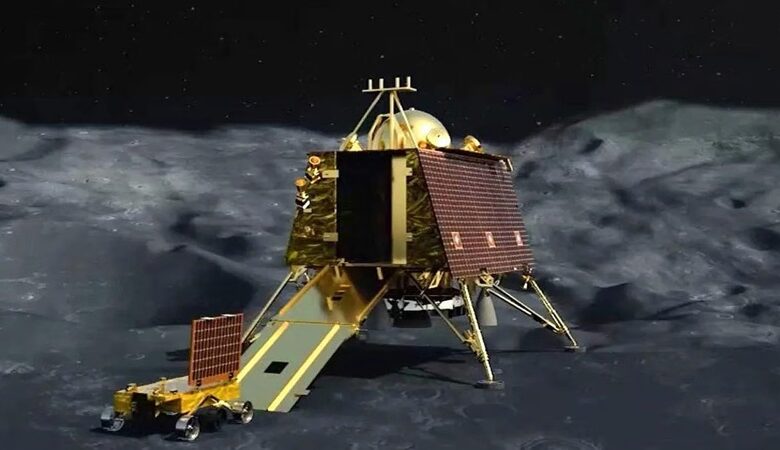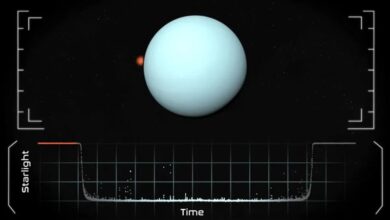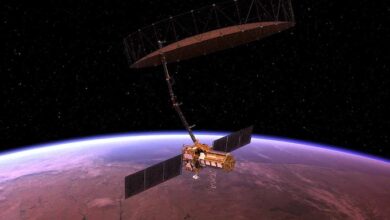Chandrayaan-3 makes big discovery on Moon’s Shiv Shakti Point
News Mania Desk / Piyal Chatterjee / 30th April 2025

India’s Chandrayaan-3 mission has revealed vital proof of ancient lunar mantle materials at the Moon’s Shiv Shakti Point, illuminating the Moon’s turbulent history and internal structure.
Information obtained from the Alpha Particle X-ray Spectrometer (APXS) on the Pragyan rover has shown unusually low amounts of sodium and potassium, coupled with high sulfur levels in the southern high-latitude soils.
This presents a clear difference compared to samples gathered from the Apollo, Luna, and Chang’e missions. The Physical Research Laboratory in Ahmedabad stated that the sulfur enrichment, surpassing levels found at other highland locations, cannot be accounted for by meteoritic contributions or surface condensation processes because of the area’s elevated daytime temperatures.
Instead, researchers credit this excess to substances dug up from the ancient lunar mantle by the South Pole-Aitken (SPA) basin impact roughly 4.3 billion years ago. This event took place prior to the creation of the potassium/phosphorus/rare-earth-element-abundant KREEP layer, which is prominent in the Procellarum KREEP Terrane (PKT) where earlier missions have landed.
The APXS findings bolster the lunar magma ocean theory, suggesting that the Moon’s crust was created as plagioclase crystals ascended to the surface during the initial cooling of magma. The SPA impact probably revealed a blend of ferroan anorthosite, a light-coloured calcium-rich rock from the upper crust, and Mg-suite rocks, which are abundant in magnesium and alkali elements from the lower crust/upper mantle, providing a unique insight into pre-KREEP lunar chemistry.
This finding represents the initial analysis of volatile elements from a non-PKT area, contradicting earlier beliefs regarding the geochemical diversity of the Moon.
The materials abundant in sulfur may aid upcoming in-situ resource utilization plans, given that sulfur can serve as a fundamental element for lunar construction. Furthermore, the results emphasize the significance of Shiv Shakti Point as a location for collecting ancient mantle samples, potentially shedding light on the timing of lava crystallization and the distribution of volatiles in the Moon’s formative stages.






